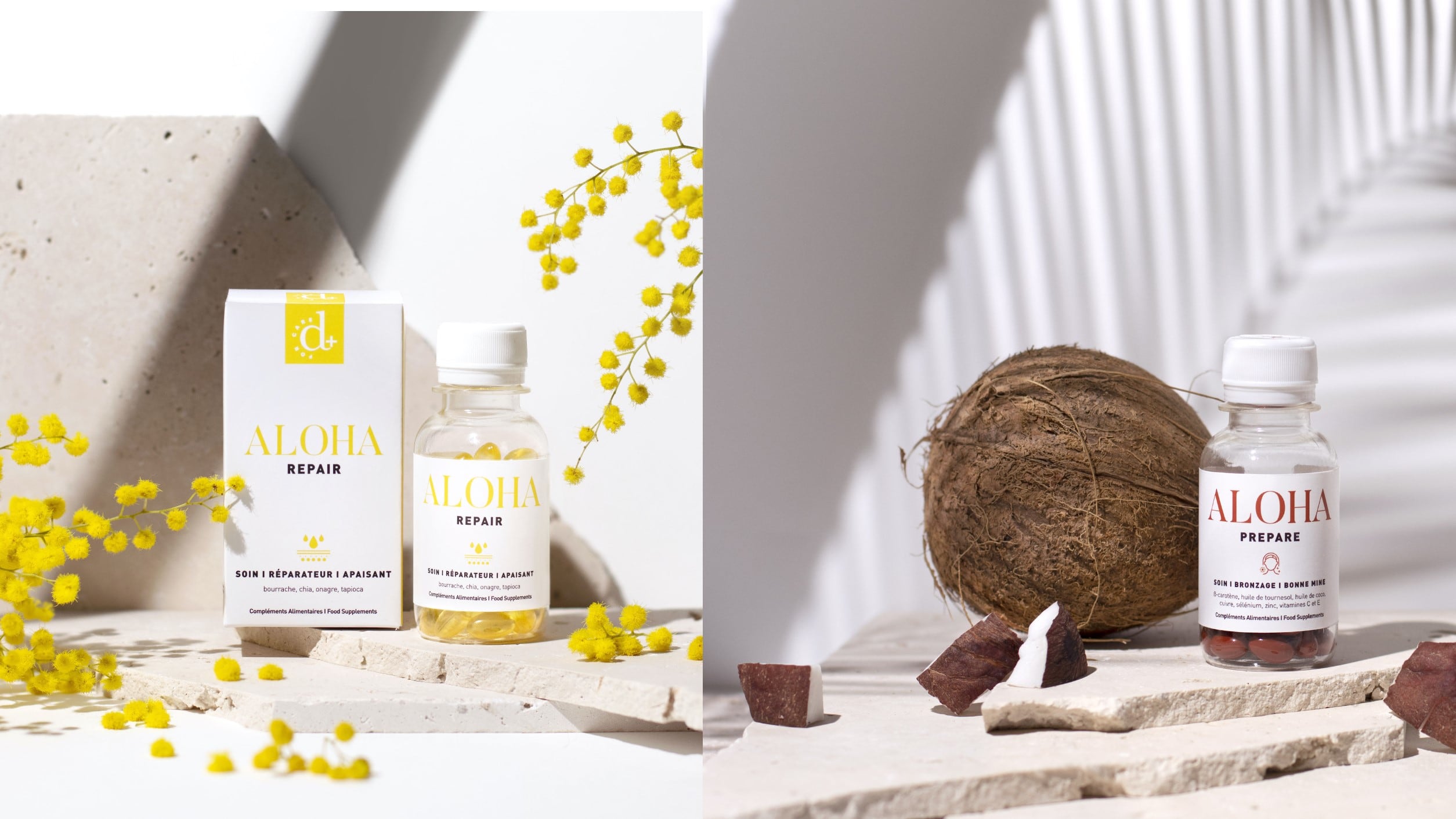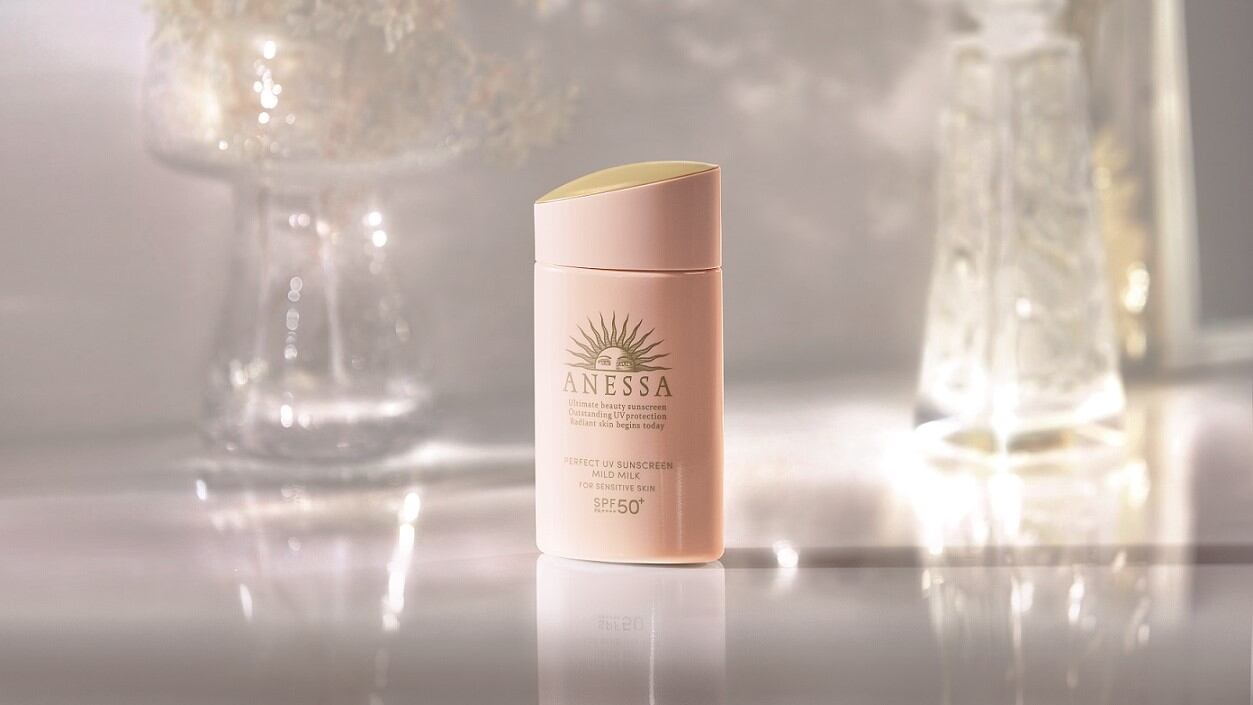Writing in Cosmetic Dermatology, researchers from the UK’s Hull York Medical School and University Hospitals Birmingham NHS Foundation Trust conducted a literature review on the history of sunscreen to provide an updated view of a global market set to soar to €20.3bn ($24.4bn) by 2029.
Beyond UVA and UVB photoprotection into visible light
The researchers said that since 4000BC, humankind had found ways to provide photoprotection, including rice, jasmine and lupine extracts used by the Egyptians and oil and sand blends used in ancient Greece.
But it was only in the last century that evidence-based sunscreens had existed, they said, with the first ultraviolet B (UVB) filters produced in 1928 and evidence of efficacy and safety discovered in 1956. It was later, in 1974, that the development of sun protection factor (SPF) came about and regulatory bodies for sunscreens were introduced. Only in 1980 was the first ultraviolet A (UVA) filters released, with the ultraviolet A (UVA) star rating system developed in 1992, they said.
“Sunscreen has been gradually evolving,” the researchers wrote. “And new photoprotective ingredients are continuing to be produced in response to growing scientific evidence on the effect of solar radiation on skin.”
Whilst science and innovation efforts continued in the UVA and UVB protection space – and “careful reviewing and regulation” of these formulas remained vital – today’s market was increasingly focused on protection beyond ultraviolet, the researchers said.
“With the rising number of researches on the effects of visible light on hyperpigmentation over the past decade, the need for photoprotection beyond ultraviolet has been increasing.”
Effects of radiation from visible light and near infra-red had first been reported in 1983, they said, where research showed the role in inducing prolonged hyperpigmentation; findings later supported in a 2010 study indicating effects could last at least two weeks.
‘Evidence-based’ visible light protection faces challenges
But the development of new “evidence-based sunscreen(s)” that provided protection beyond ultraviolet faced many challenges, the researchers said, from acquiring evidence through to developing relevant regulation and rating systems.
“…Further evidence on the efficacy of current visible light filters, use of new ingredients, and the establishment of a system to determine the level of protection will be required. Regulatory bodies, in turn, must hasten their attempt in reviewing these ingredients to provide approval and subsequent production of sunscreens that protect the consumer safety and effectively,” they wrote.
Current ingredients touted for visible light protection included iron oxide – the “most widely studied visible light filter”, they said. Findings from a 1991 study showed that adding iron oxide to a sunscreen formula reduced the transmittance of visible light and in addition created a “more cosmetically acceptable” formula.
“Another ingredient frequently included in sunscreens claiming to give visible light protection is antioxidant,” the researchers said, though the protective role of sunscreens containing antioxidants had mainly been demonstrated in laboratory tests with its role in skin protection in vivo “poorly understood”.
‘The future of sunscreens’ – better communication between industry, regulatory bodies and clinicians needed
As industry continued its advances in sun protection formulas, the researchers said it would be vital to secure “better communication” between clinicians, regulatory bodies and cosmetic companies. This, they said, would ensure informed decisions were taken when clinicians recommended sunscreens to patients.
From a clinician’s point of view, they said: “Although clinicians regularly recommend sunscreens for various purposes including skin cancer prevention, anti-aging, and anti-melanogenic purposes, many of us are unclear on how sunscreens were developed, the evidence behind various available ingredients, what regulations are in place and what the future of sunscreens may be.”
Source: Cosmetic Dermatology
Published online February 2021 ahead of print, doi: 10.1111/jocd.14004
Title: “History of sunscreen: An updated view”
Authors: Y. Ma and J. Yoo




